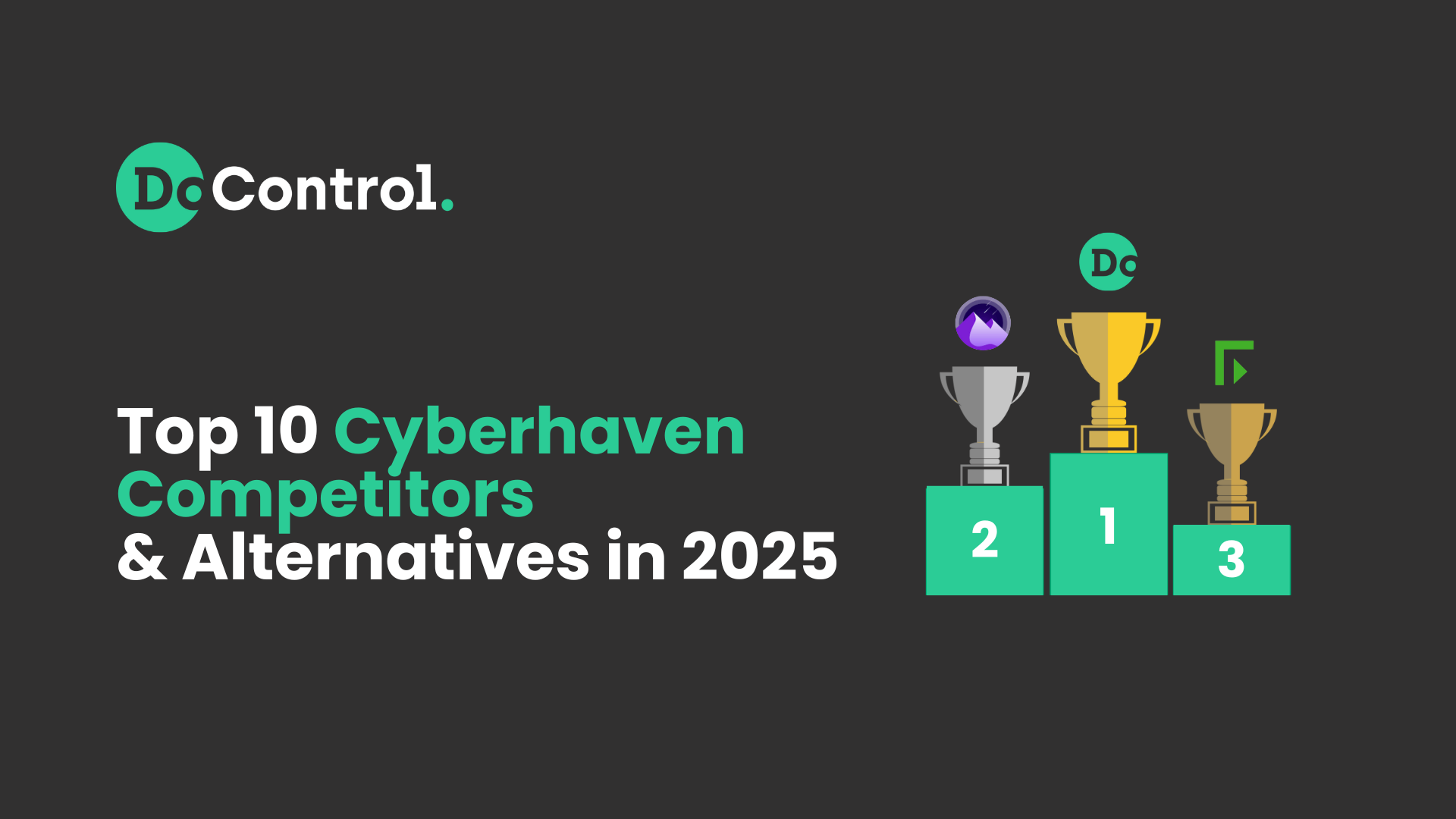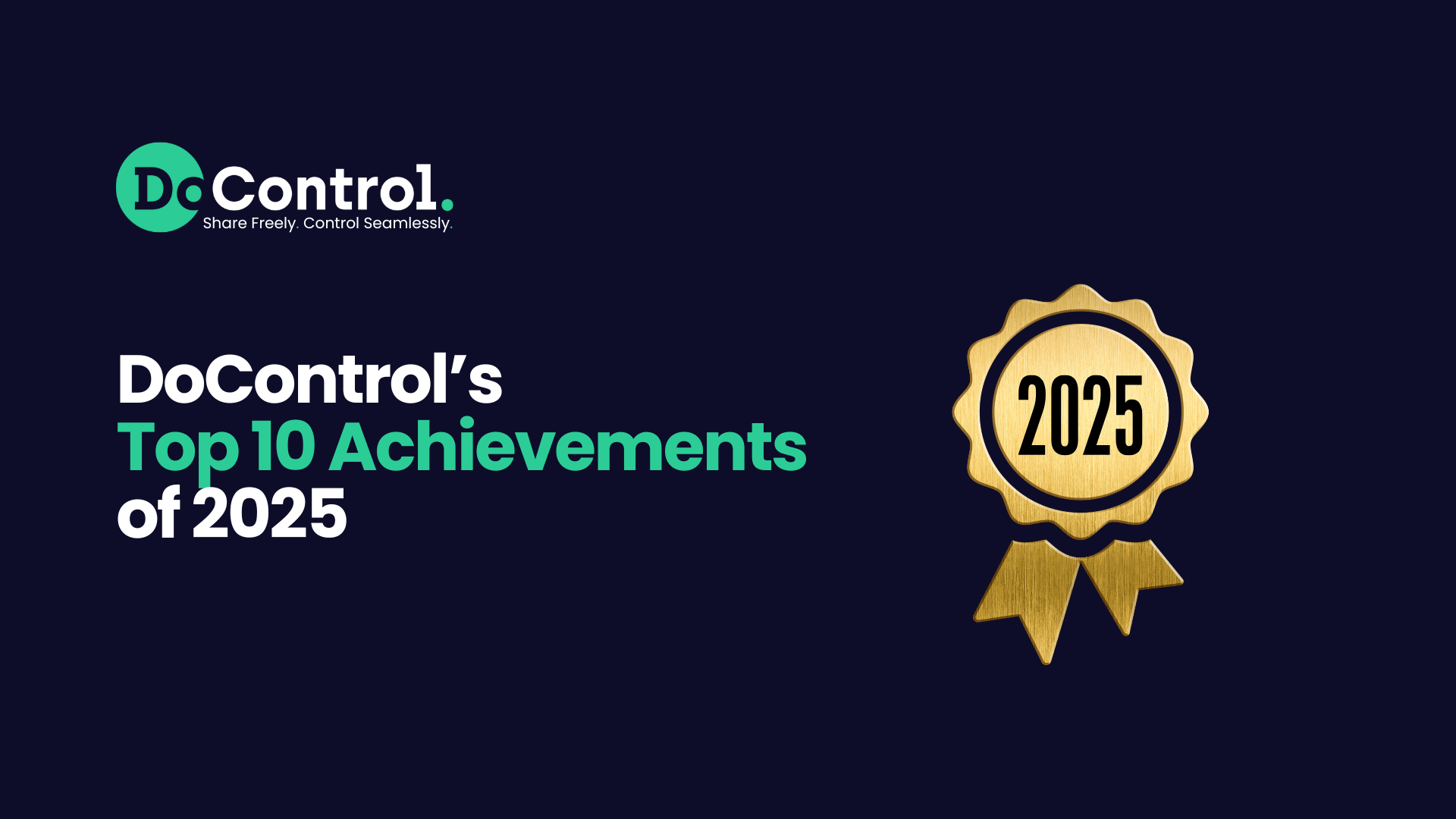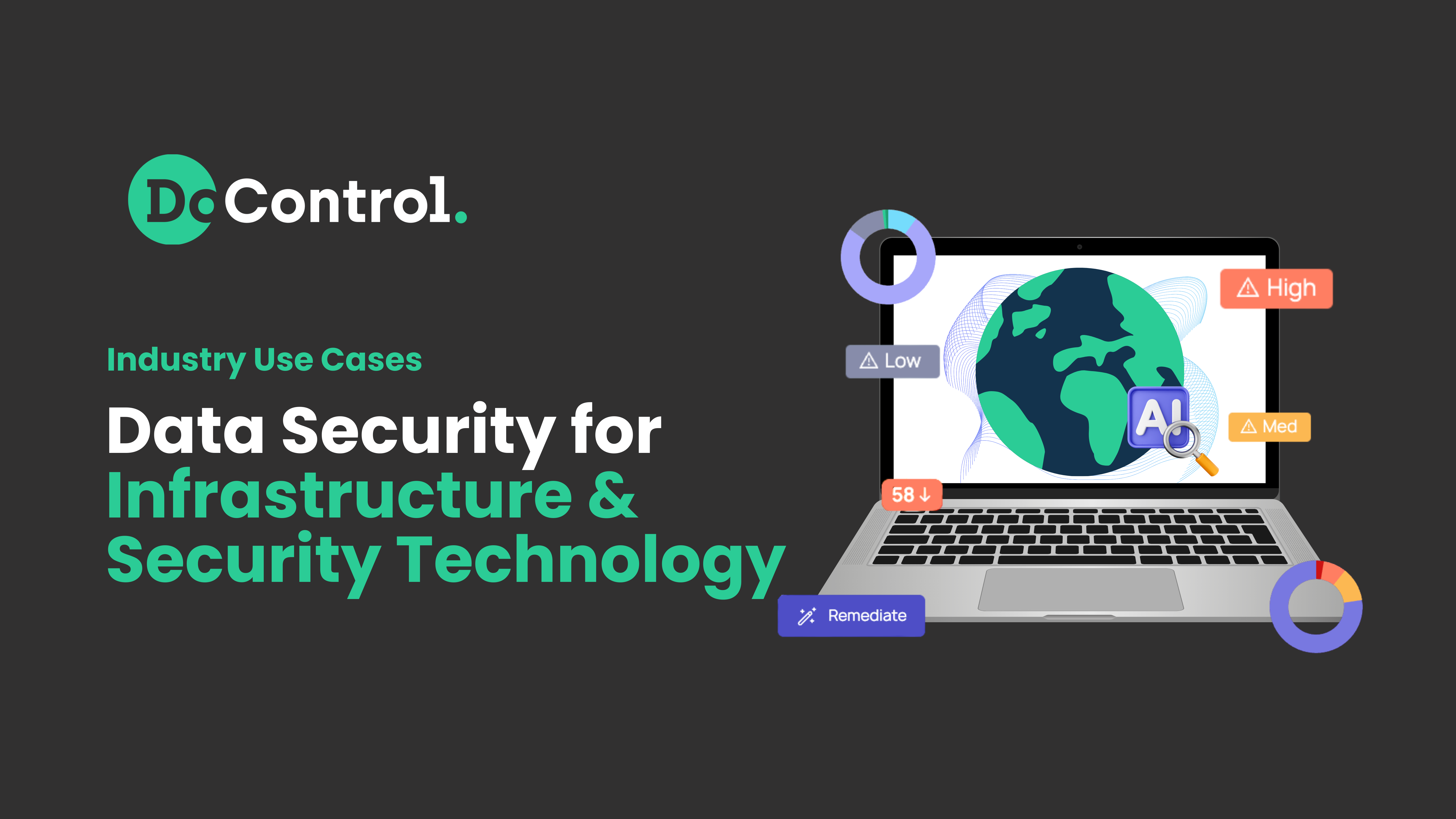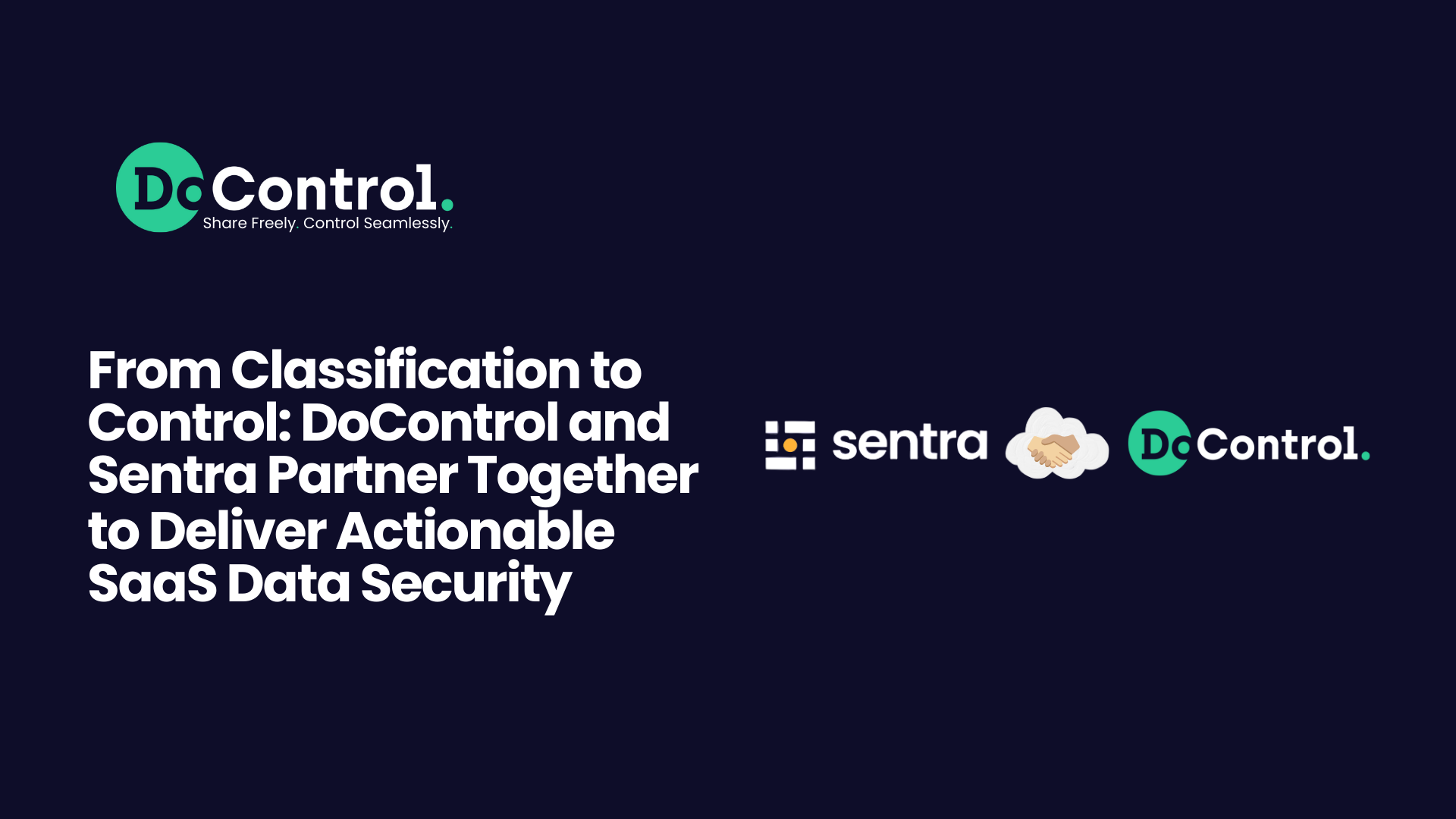
Cyberhaven is a leading data security solution that differentiates itself by tracking data back to its origins and enforcing security across endpoints, SaaS, AI, cloud, email, and more.
It is an agent-based platform that performs well in specific scenarios such as monitoring uploads, downloads, and endpoint activity.
However, when applied to cloud and SaaS environments, it can often feel too rigid, lacking the context needed to take effective action without disrupting business workflows and operations.
Cyberhaven is a strong player in the market, but its effectiveness depends heavily on a business’s specific needs and priorities. No single solution is likely to address all data security and DLP challenges comprehensively.
Instead, most organizations benefit from a best-of-breed approach - combining multiple complementary solutions to cover different areas of risk.
Ultimately, it comes down to each business identifying its priorities and determining where various tools fit into the overall security strategy.
While Cyberhaven is a strong player in the DLP marketplace today, it's important to keep this in mind - as no one solution can solve every problem or gap in what is supposed to be a comprehensive, tightly sealed security program.
In this article, we’ll go through the top 10 Cyberhaven competitors, their focus areas, strengths, and limitations, so you can make an informed decision on which vendor(s) is right for your organization’s needs.
1. DoControl
Focus Areas(s): Data Access Governance, DLP, Shadow AI, Shadow Apps, ITDR
Top Customers: Colgate-Palmolive, Snap Inc., Databricks, Sanmina, Datadog
Pros:
- Scalable API event-driven architecture that reacts in real-time
- Deep contextualized user data for accurate detection of events and risks
- AI classification and lineage engine to accurately detect sensitive content
- Flexible policies that are easy to align to existing business processes
- Ability to build in approval processes to scalable engine
- Ability to remediate historical data exposure on top of automated workflows
- Coverage across SaaS and Generative AI Apps
Cons:
- No agent to take action on the endpoint
2. Nightfall
Focus Areas(s): DLP, SaaS Data Discovery & Classification
Top customers: Synk, Aquia, Reltio, CapitalRx
Pros:
- Strong workflow engine for DLP across a broad set of SaaS apps
- Strong AI data classification engine with a dynamic classifier engine
- API engine that can respond to threats in real-time
Cons:
- No agent - can’t take action on endpoint actions
- Limited ability to engage end users
- Limited contextual data from user data from HRIS / IdP
- No ability to remediate historical data exposure - can only remediate future exposure
- Limited user context for HRIS / IdP tools, resulting in high false-positives
3. Forcepoint DLP
Focus Areas(s): DLP
Top Customers: Mariner Finance, Medicover Group, Gebauer & Griller,
Pros:
- Agent-based and coverage across endpoint, cloud, SaaS, and email
- Advanced content inspection and classifier engine that be customized to specific industries
- Integrate seamless into the Forcepoint ecosystem
Cons:
- Heavy-weight agent that has a long and complex deployment
- High-false positive rate that blocks business workflows and hinders user productivity
- Limited on the cloud side, and has a lot of overheard because of how customized each deployment is
4. Netskope DLP
Focus Areas(s): DLP, Security Service Edge (SSE) / SASE
Top Customers: Triple A, Ross Stores, Yamaha, Sainsbury’s, JLL
Pros:
- Deep classifier engine that covers SaaS, Cloud, and Endpoint
- Agent (inlined) and API options to cover both scenarios and connect the dots between the two
- Can be bundled in with broader Netskope offering
Cons:
- Very difficult to setup and maintain - high cost of ownership
- API option is spotty and data is often inaccurate
- Agent based approach is often too rigid for scaling organizations
- Remediation options within SaaS are limited
- Limited user context for HRIS / IdP tools - high false-positives
5. Google Cloud DLP
Focus Areas(s): DLP
Top Customers: Not available to the public
Pros:
- Strong AI classification and labeling engine for Google Data
- Cost effective as comes in Google Enterprise package
- Easy to implement if within the Google ecosystem
Cons:
- Data access rules are too rigid
- No coverage beyond Google - requires additional tooling
- No ability to remediate historical data exposure
- No user context for HRIS / IdP tools, resulting in high false-positive rates
6. Microsoft Purview DLP
Focus Areas(s): DLP
Top Customers: Not available to the public
Pros:
- Strong AI classification and labeling engine for MSFT data
- Decent workflow engine to enforce sharing policy controls
- Cost effective as comes in Microsoft E5 package
Cons:
- High cost of ownership as it’s very difficult to setup and maintain
- No coverage beyond Microsoft - requires additional tooling
- No ability to remediate historical data exposure
- No user context for HRIS / IdP tools - high false-positives
7. Zscaler DLP
Focus Areas(s): DLP
Top Customers: Protegrity, MGM Resorts International, Micron Technology, Amplifon
Pros:
- Strong inline DLP, inspecting traffic across Cloud, SaaS and endpoint
- Strong classifier engine across key verticals
- Can consolidate into existing SSE stack
Cons:
- Very difficult to setup and maintain - high cost of ownership
- Mostly focused on inline traffic (agent-based) approach - limited API capabilities - can’t catch BYOD
- Limited to no capabilities to take remediation actions within SaaS
- No user context for HRIS / IdP tools - high false-positives
8. Symantec
Focus Areas(s): DLP, Endpoint Security
Top Customers: GoDaddy, EPAM Systems, SAP, Accenture, and Cognizant
Pros:
- Mature DLP platform that has advanced content inspection
- Strong for organizations with regulatory needs - HIPAA, FEDRAMP
- Coverage across endpoint, cloud, email, and some SaaS
Cons:
- Fully agent-based with very complex deployment and maintenance
- Limited SaaS abilities and almost no remediation - high-false positive rate because of agent
- No contextual user data from HRIS / IdP tools
- Best for endpoint DLP but struggle with Cloud and SaaS
9. Island
Focus Areas(s): Application Access Control, Device Visibility and Management
Top Customers: Epidemic Sound, Sonar, ED&F Man, Mattress Firm
Pros:
- Browser based so can span coverage across email, cloud, and SaaS
- Granular policies can be built from data spanning multiple sources - identity, device, etc.
- Strong for investigations with detailed audit log
Cons;
- Browser is strong for data transfers but not for data sharing across SaaS and cloud
- No endpoint coverage and doesn’t account for BYOD or users who switch browsers
- Can disrupt business workflow by blocking access to applicable apps and data points
10. Code42
Focus Area(s): DLP, Insider Risk Management
Top Customers: Banked, Lyft, Okta, Snowflake
Pros:
- Broad DLP capabilities across email, cloud, and network
- Strong on endpoint with some capabilities via an API
- Strong risk prioritization and insider risk analysis
Cons:
- Classifier engine is lacking and not up to industry standards
- API capabilities are limited - struggling to effectively remediate and protect SaaS
- User feedback is that it’s very difficult to implement
The Takeaway?
Choosing the right data security solution isn’t just about checking a box. Not every data security solution is perfect and has every bell and whistle – what matters most is finding the one that's perfect for your organization and the unique challenges it faces when it comes to data security.
Again, it’s important to recognize that there’s rarely a single ‘one-size-fits-all’ solution for data security. Each vendor brings different strengths to the table, and each solution has its own nuances and methodologies. That’s why many organizations take a layered approach, combining multiple solutions to achieve unified coverage and minimize gaps.
When juxtaposed against Cyberhaven, there are clear standouts on solutions that excel in certain areas, but there's also solutions that have severe limitations in other areas. Certain vendors deliver on different types of criteria better than others, indicating that these tools are meant to compliment one another, not fully replace them.
When evaluating providers, it’s critical to choose a partner that not only meets your current needs, but is also prepared for the rapidly changing world of SaaS security. DoControl represents this forward‑thinking approach to SaaS security - truly believing in a best of breed approach, and offering modern capabilities designed for both today’s challenges and tomorrow’s needs.
Want to Learn More?
- DoControl vs. Bettercloud – click here
- DoControl vs. Netskope – click here
- See how DoControl’s data infrastructure redefines speed & scale
- See a demo – click here
- Get a FREE Google Workspace Risk Assessment – click here
- See our product in action – click here



